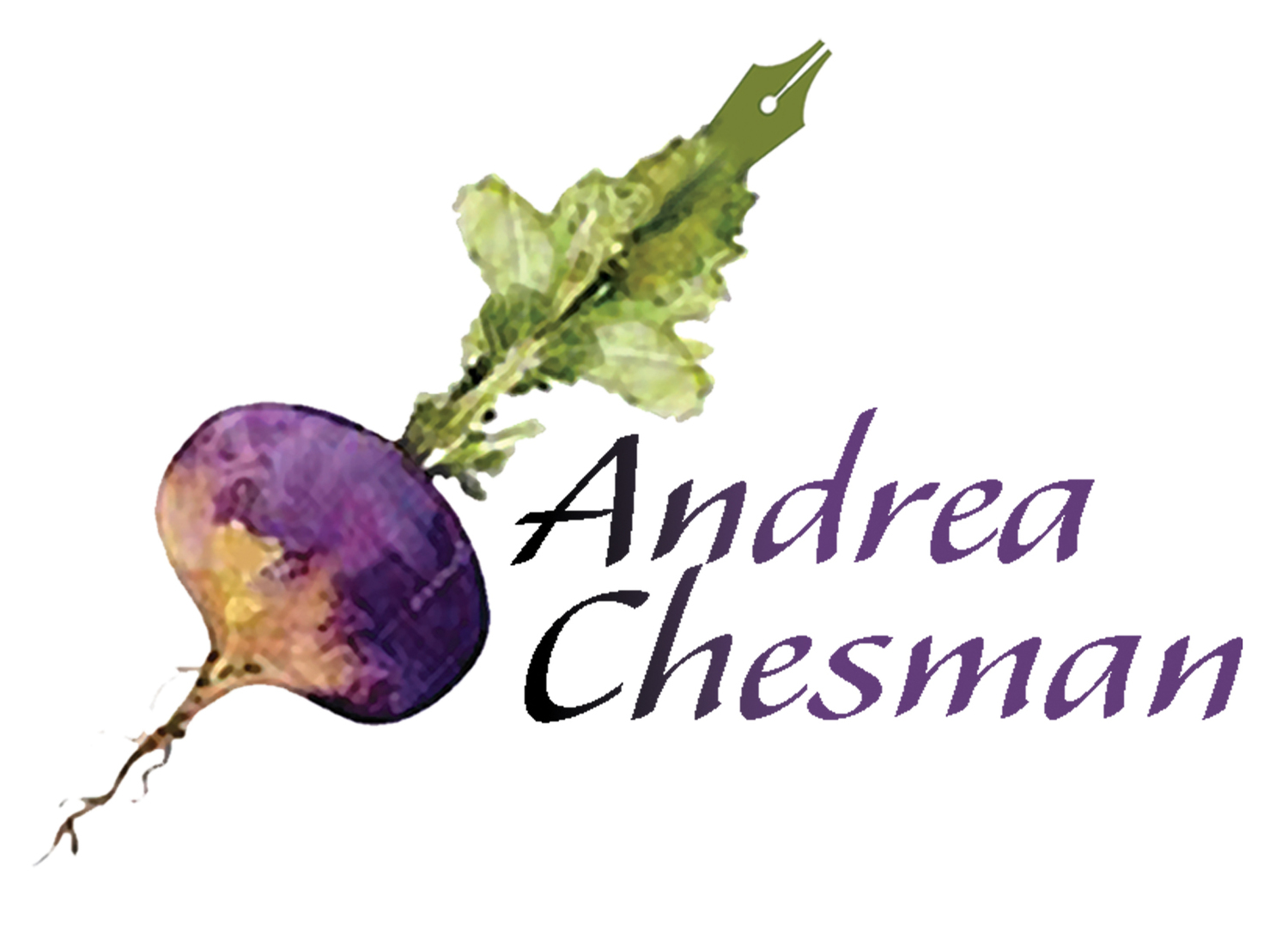My sourdough culture is older than yours.
I can’t help it; I brag about my sourdough’s DNA all the time. I got my sourdough from Jane Eddy, an artist friend in Middlebury, Vermont. She got her sourdough from Cushman Anthony in 1977 in Ann Arbor, Michigan, where Anthony was a law student. Anthony got his sourdough culture from the fellow who lived across the hall, another student. This guy grew up in Alaska, and he got his culture from his dad, who was a fish and game warden, who got it from his secretary, who got it from her grandfather, who was one of the original Yukon Gold Rush “sourdoughs” of 1896.
The sourdough was actually a big sluggish when I received it from Jane. After several feedings at 12- hour intervals, I gave it a boost with a half teaspoon of Fleishman’s yeast to get it nice and bubbly. Sourdough cultures need to be fed regularly with equal amounts of flour and water to keep it going. Neglect can be harmful, but not necessarily fatal.
How regularly to feed a sourdough? Generally, at least every two weeks is the limit for a refrigerated culture, but really, as long as there is no sign of mold, it is fine. Some bakers will say mold can be removed, and the culture transferred to a clean jar. As long as the culture hasn’t turned black, it can be revived. I haven’t pushed a culture that far to know whether it is true or not.
I used to be one of those people who claimed I didn’t care for sourdough bread. Then I started making the artisan-type no-knead loaves that baker Jim Lahey developed, and food writer Mark Bittman, among others, popularized. I found these breads a little lacking in character until I started making the bread with the sourdough culture for leavening. Now my breads, which take no more than 5 minutes of mixing and 2 minutes of shaping have plenty of flavor and texture.
no-knead bread
Now that’s really something to brag about.


